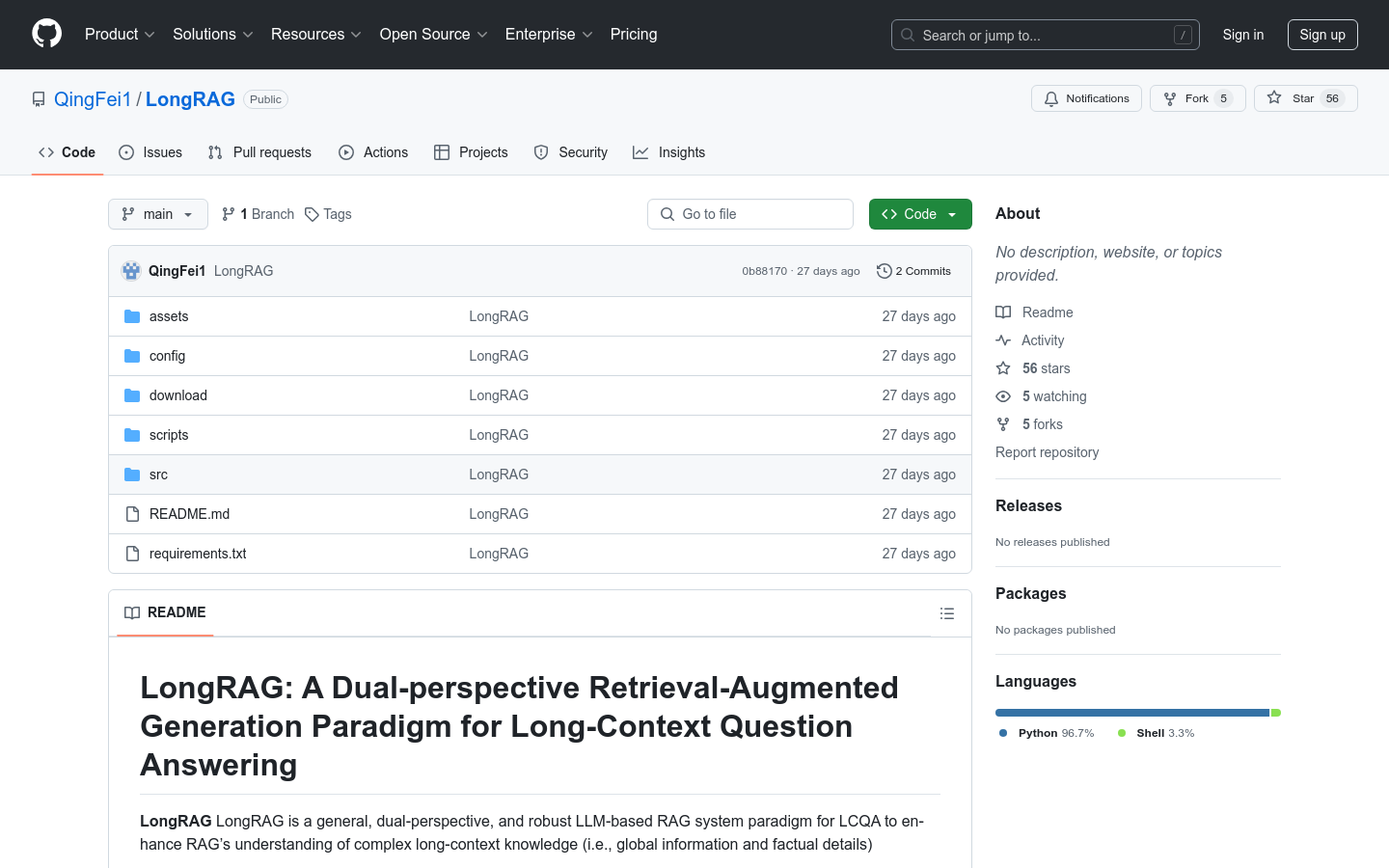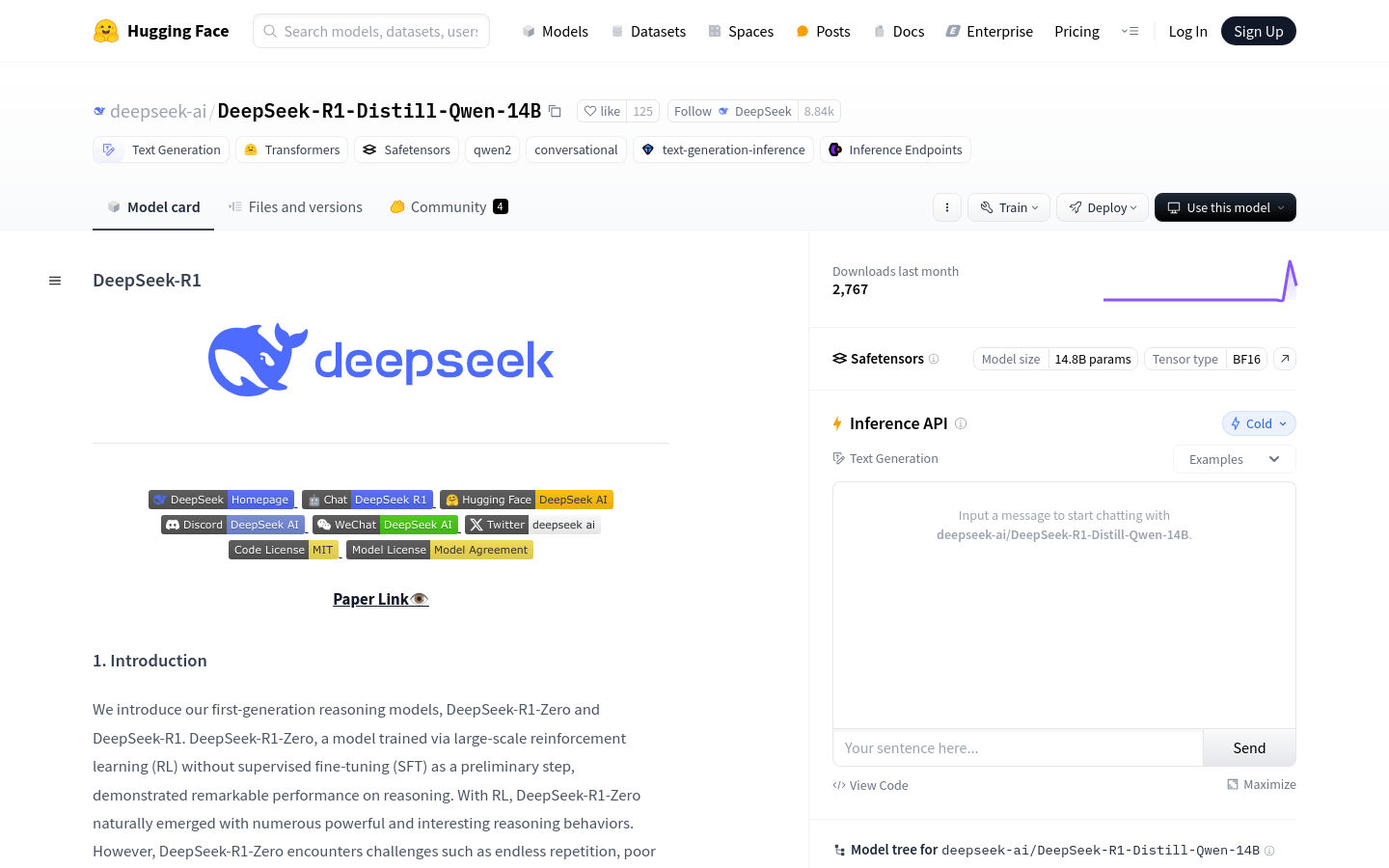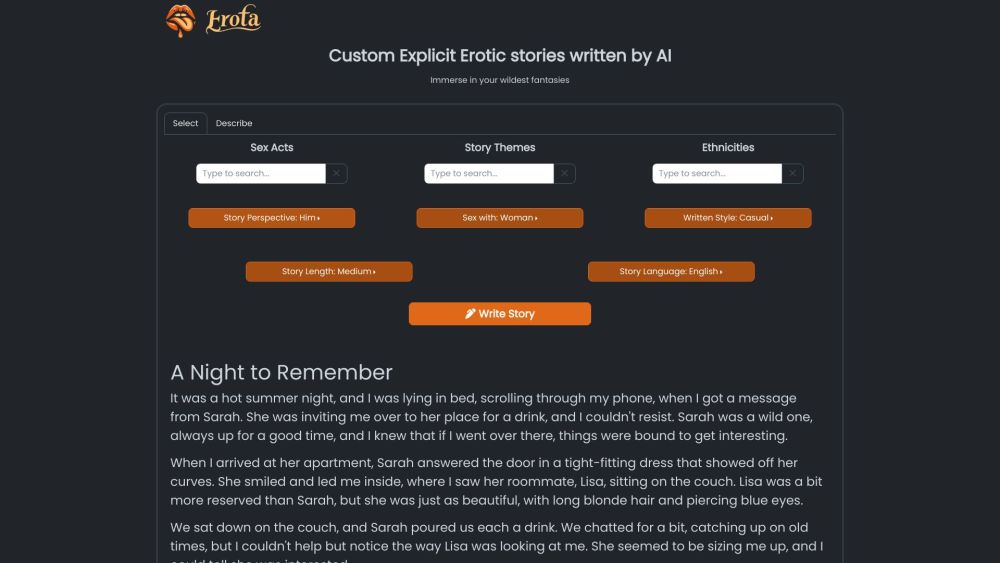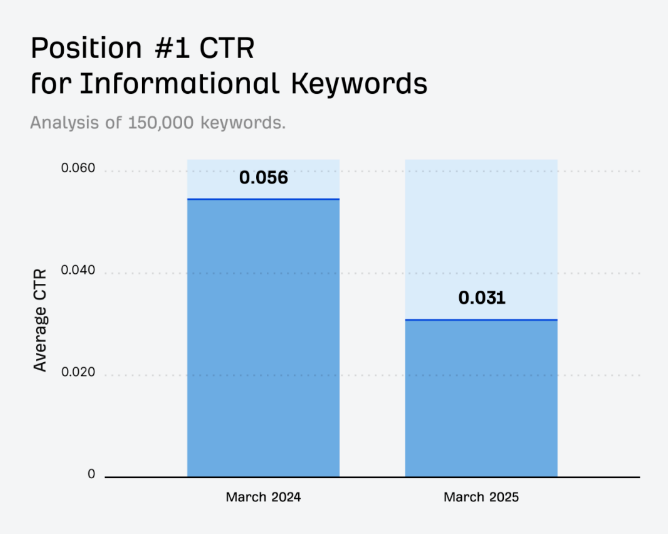
LongRAG is a dual-view, robust retrieval-enhanced generation system paradigm based on large language models (LLM), aiming to enhance the understanding and retrieval capabilities of complex long text knowledge. This model is particularly suitable for long text question answering (LCQA) and is able to handle global information and factual details. Product background information shows that LongRAG improves the performance of long text question and answer tasks by combining retrieval and generation technologies, especially in scenarios that require multi-hop reasoning. The model is open source and free to use, mainly for researchers and developers.
Demand group:
"The target audience is mainly researchers and developers in the field of natural language processing, especially those professionals who focus on long text question answering tasks. LongRAG provides a powerful tool that can help them build and optimize their own question answering systems, especially In scenarios where large amounts of text and complex reasoning are required."
Example of usage scenario:
Case 1: Using the LongRAG model to perform question and answer tasks on the HotpotQA data set, demonstrating the advantages of the model in multi-hop question answering.
Case 2: Application of LongRAG on the 2WikiMultiHopQA data set, processing complex question and answer involving two Wikipedia pages.
Case 3: Application on the MusiQue data set, LongRAG demonstrates its ability to process long text question and answer tasks in the music field.
Product features:
• Dual-perspective understanding: LongRAG enhances the understanding of long texts from both global and detailed perspectives.
• Retrieval enhancement: Combined with retrieval technology, it improves the model's ability to handle long text question and answer tasks.
• Multi-hop reasoning: suitable for complex question and answer tasks that require multi-step reasoning.
• Long text processing: Specially optimized to handle long text that exceeds the model's processing length.
• Open source and free: The model code is open source and researchers and developers can use and modify it for free.
• Flexible configuration: supports different parameter configurations to adapt to different question answering tasks and data sets.
• Excellent performance: Demonstrated excellent performance on multiple long text question and answer data sets.
Usage tutorial:
1. Install dependencies: Use pip to install the dependencies in requirements.txt.
2. Data preparation: Download and normalize the required training and evaluation data sets.
3. Build the dataset: Run the gen_instruction.py and gen_index.py scripts to build the data processing for SFT and retrieval.
4. Model training: Download LLaMA-Factory and put the built instruction data into its data directory. After modifying dataset_info.json, run the sft.sh script to start fine-tuning.
5. Model evaluation: Run the main.py script in the src directory to perform inference and evaluation, using different parameter configurations to adapt to different models and tasks.
6. Result analysis: The evaluation results will be saved in the log directory, and the performance of the model on each data set can be analyzed.







